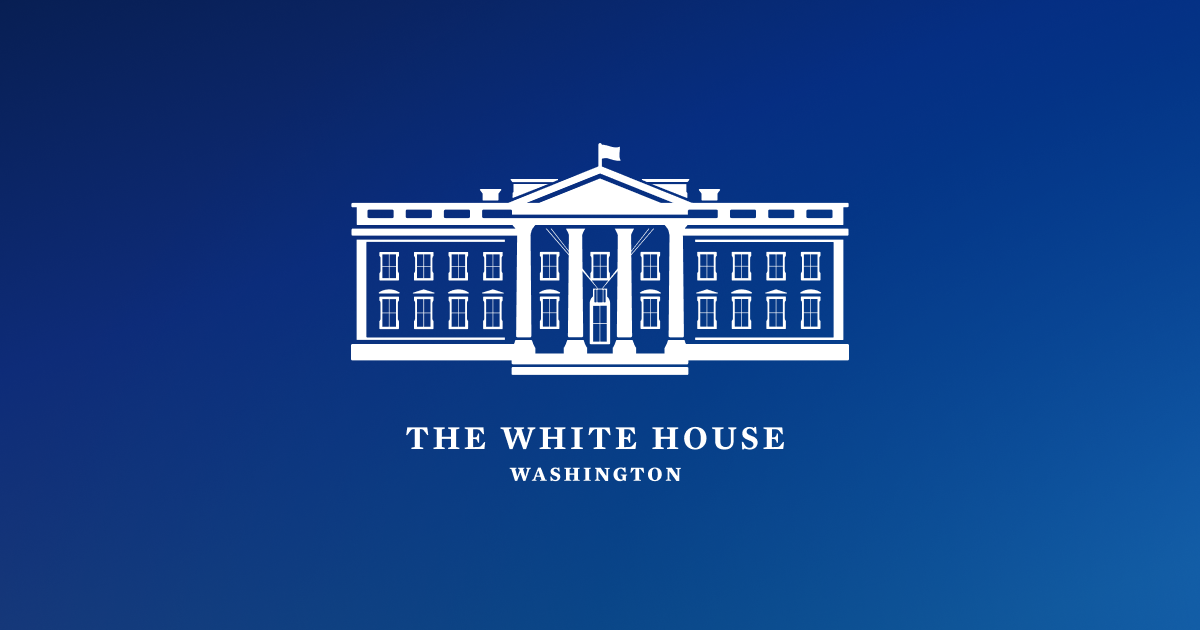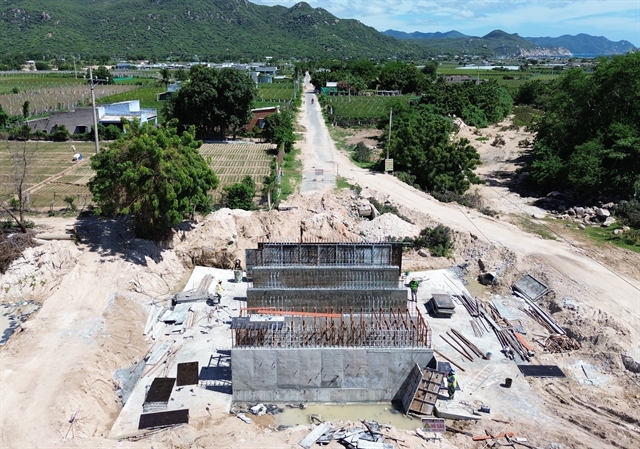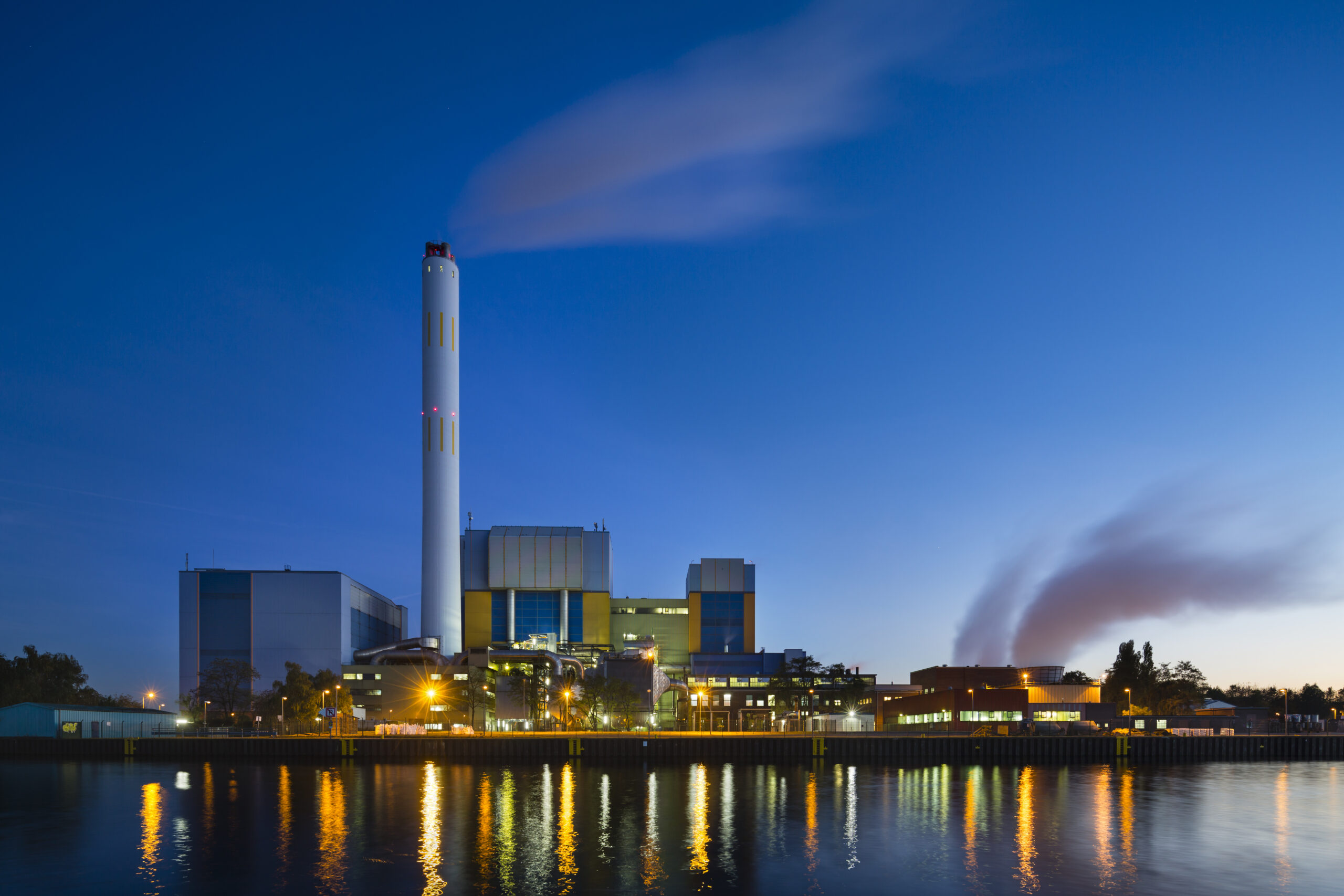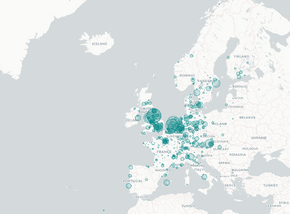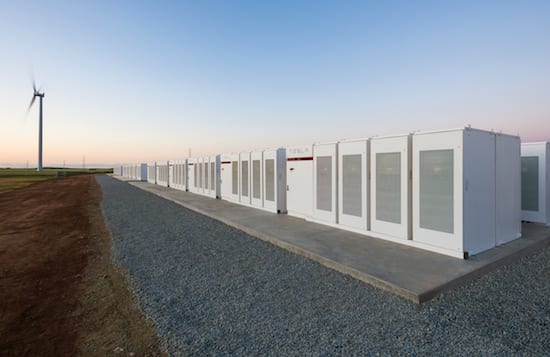There is a proposal in Germany to turn the largest open-pit lignite mine into a giant pumped hydro storage in the late 2030s btw - with a capacity of 200 GWh. The company operating the mine (which also runs a bunch of powerplants - and pumped hydro storages) was originally "open to the idea" but after they had a look at the costs turned fairly solidly against it.
What's seen as the primary solution here is basically a distributed network of at-home batteries. There's currently 14 GWh installed, mostly due to people installing PV on their houses and generally buying batteries with them. Larger battery storage is mostly being installed by industry or at other attachment points for final distribution networks.
The reason why this is more profitable in general is due to the way network fees in the power network are structured legally here (after a restructuring about 10 years ago). Pumped hydro and other central network-side storage systems effectively count as both "final recipient" and "energy production", and hence pay certain fees on both input and output. Lobbyists for pumped hydro mostly want to see that changed.
I've heard about that project, very interesting, in general the topic of energy (and electricity production) will be essential for Europe's autonomy in the future.
I am personally convinced, after reading and studying (without implying that i'm an expert, just someone who likes to understand what's around him) that the best possible solution for the EU is to:
1) strenghten the EU continental power grid, standardizing and removing physical obstacles to energy flowing in the EU.
2) invest in renewables and storage, which allows for non-continuos but totally independent electricity generation, without overestimating renewables. They cannot replace programmable sources like oil, gas, coal or nuclear. You always need a base-load not dependant on wether the sky is sunny or the winds are blowing.
3) invest in nuclear power, both building large plants (like the newly built Olkiluoto, Flamanville,...) and SMRs/AMRs for more localized modular generation. AMRs would also allow to use nuclear waste as a fuel, which is very good.
Programs for SMRs and AMRs are already at an advanced stage: for example Newcleo will have a IVth gen precursor ready in 2026, a 30MW prototype ready in 2030 and a 300MW one in 2033.
It is essential for Europe to be as independent as possible from foreign fuel, otherwise you will always be vulnerable...



